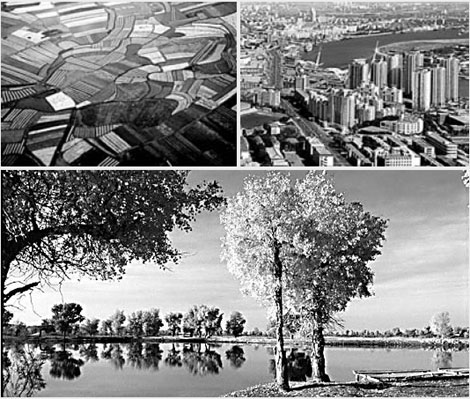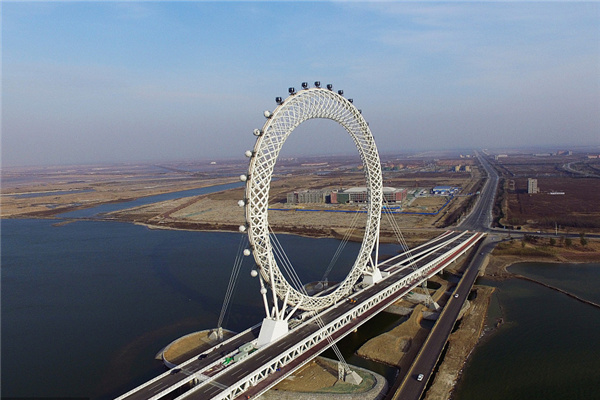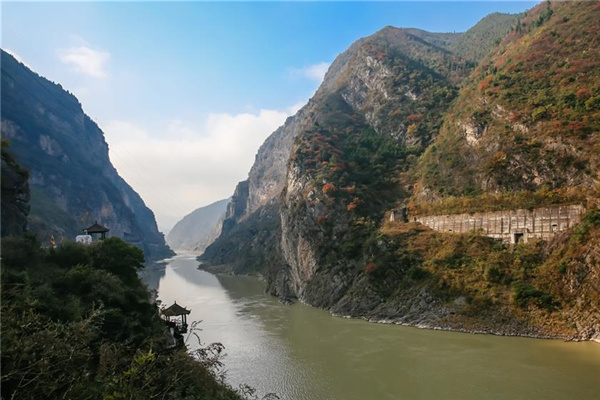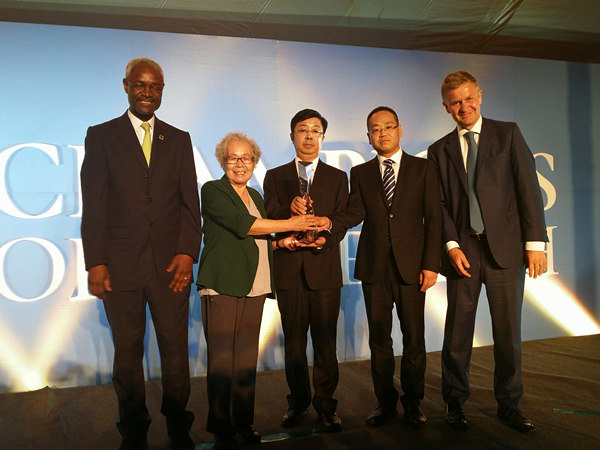


Maps are not all the same. Geologists' maps highlight geological features. Others feature provinces and cities. Economic maps chart financial resources. Now comes an environmental map that charts different ecologically related zones throughout China.
In one of the first national projects completed by China's newly established Ministry of Environmental Protection (MEP), the nation has produced its first map categorized by ecological features. The project was also a collaboration with the Chinese Academy of Sciences (CAS).
It's meant to be a decision-making aid for government officials when they plan for future economic activities, according to Ding Zhongli, vice-president of CAS.
"It will provide a scientific guide to China in its efforts to protect its ecological system and to help it develop in a sustainable way," he tells China Business Weekly.
Provincial officials will also be able to do more specific zoning efforts based on the national ecological map, Ding adds.
The MEP map of ecological zoning, which took 100 scientists seven years to complete, divides China into three large types, including 22 zones for the concentration of human activities, 46 zones for extracting natural resources, and 88 zones primarily for sustaining the ecological balance.
Type three, or the ecological zones; cover 78 percent of China's 9.6 million sq km territory, including areas of key water resources, soil types, and clusters of bio-diversity. There are also areas significant for the overall ecological balance and security.
The ecological zones themselves also contain three levels ranked according to their importance, with the most important ones being the origins of China's key rivers in its Northwest and Northeast, and the areas of high bio-diversity in its Southwest, according the report jointly issued by MEP and CAS.
They include the water-heads of the Yangtze, Yellow, and Lancang (Mekong) rivers, the Yangtze northward diversion project, the Miyun Reservoir of Beijing, the Loess Plateau and desert rims in northwestern China, the Xishuangbanna forests in Yunnan province, and all the key wetlands in Central and East China.
"In zones designated for ecological protection, industrial development projects will have to pass very strict approval procedures before they may be implemented, if they are not entirely forbidden," according to Wan Bentai, director the MEP department of nature conservation.
In the other two types of zones, the resource zones total 21 percent of the national territory and are responsible for providing food and other natural resources for the economy.
While the zones for concentrated human activities, accounting for only 1 percent of the national territory, are those of main cities and their clusters, such as Beijing, Tianjin and their nearby towns in Hebei province, Shanghai and the Yangtze Delta, and Guangzhou, Shenzhen and the Pearl Delta.
However, officials admitted, the ecological zoning map is so far only a guide, which officials are not yet legally bound to follow.
But as MEP's Wan warned, local officials and investors will have to take it seriously because it will in one way or another cost them dearly if they dare to challenge the nation's ecological interests.
Wan cited the example of a chemical plant being planned near the Yangtze, Yellow and Lancang river headlands. If, he says, the investor ignores the new zoning guidance and continues with the project, it would be highly unlikely that the plant would receive official approval, and would even face heavy penalties.
Another use for the zoning map is for environmental scientists to make recommendations on the recovery of the eco-systems in various regions, says Ouyang Zhiyun, a CAS scientist and one of the leaders of the mapping taskforce.
One aspect of the recovery program is the "ecological compensation scheme".
In this plan, which is referred to as "transfer of payments", industries and the cities will pay for the environmental recovery of areas that supply them with their resources
At the same time, institutions that offer protection for natural resources would receive financial support for their eco-friendly achievements.
(China Daily 09/01/2008 page4)













